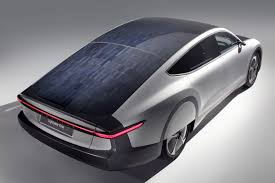Electric vehicle is getting more popular day by day. Be it the launch of Tesla cyber truck creating an impact globally or unveiling of Tata Nexon EV in India.
But many people think only batteries power an electric vehicle. Here are the types of electric vehicle.
There are mainly two different Powertrain options for an electric vehicle. But there are a few sources that can support an electric vehicle.
Table of Contents
1. Batteries Battery electric vehicle (BEV)
Batteries are the most common way to power an electric vehicle. These vehicles have a simpler design when compared to petrol and diesel cars.
One big advantage of BEVs is infrastructure. All you need is electricity to charge your car. This is not a big deal in India as over 92 percent of Indians have access to electricity.
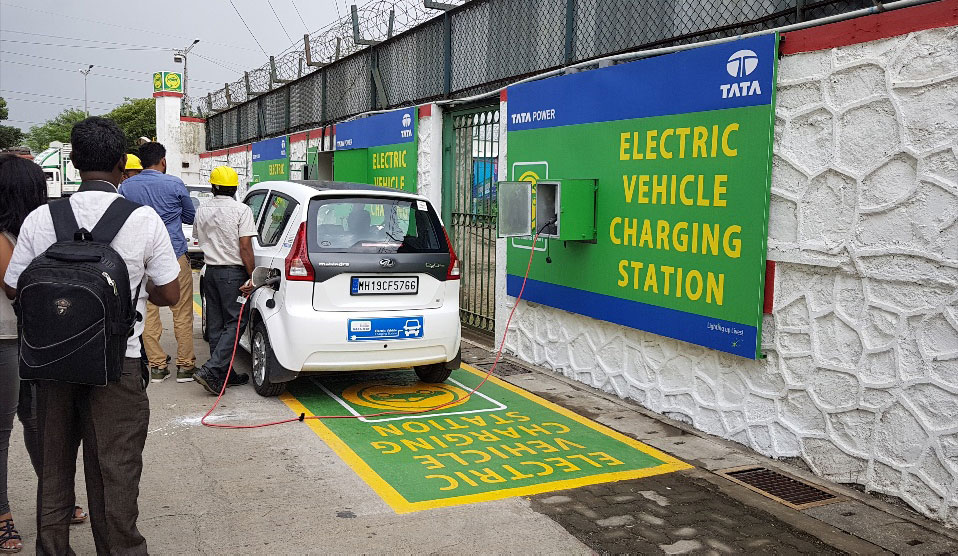
Charging stations can be anywhere like filling stations, cafe, supermarkets and parking lots.
But it has range anxiety issues. The range of the vehicle depends on the size of the battery.
Tata Tigor EV, for example, has a range of just 130Km which is not viable for long journeys. Therefore, if you want to increase the range, you need a bigger battery.
But you have to pay a premium and carry the additional batteries’ weight. Hyundai Kona will be the option as of now. It has a range of around 450 Km which is amazing.
One more thing, you can’t just add more batteries as you like to increase range. If you add more batteries, you add more weight. This means it requires more energy to move your car. There comes a point where if you add more batteries, you lose range for this reason.
Also, batteries in the commercial vehicle sector are uncertain because of the above reason.
2. Fuel cell electric vehicle (FCEV)
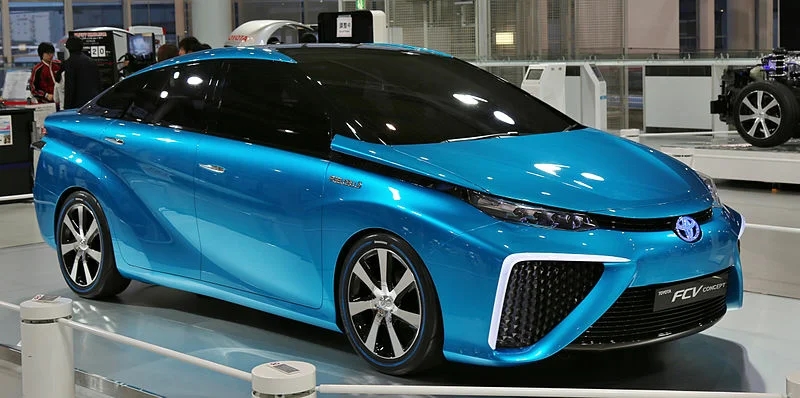
Fuel cells are the other means to power the electric motor.
A fuel cell is a device that converts compressed hydrogen to electricity on demand. Click here to know more.

This technology eliminates range anxiety completely. Filling up the hydrogen tank is as simple as filling diesel. It takes just a few minutes.
Hydrogen is abundant. In fact, it is the most abundantly available element in the universe.
There is a difference of opinion among people with fuel cells. One side, Elon Musk called fuel cells as fool cells. On the other hand, Toyota is betting on fuel cells.
Fuel cells have two major drawbacks.
1. Lack of infrastructure. India hardly has any hydrogen filling stations.
2. Producing and storing hydrogen.
I know it would be awkward if I say producing the most abundant element in the universe is difficult. But the truth is yes.
We can produce hydrogen mainly in two ways. From natural gas, CH3 which produces CO2 emissions. Or by hydrolysis of water. The latter process produces low yield and requires electricity.
| Substance | Density |
| Hydrogen | 0.0899 grams/litre |
| Petrol | 715-770 grams/litre |
| Diesel | ~ 850 grams/litre |
The real problem starts here. As you can see, the density of hydrogen is very less. This means that to store 1kg of hydrogen, you will need an 11,200-litre tank.
This is more than the size of the car. So what can you do?
There are two ways to overcome this issue.
- Cool the gas lower than the cryogenic temperature (To its boiling point i.e. -252.9 degree Celsius) Or
- Compress the gas to 700 bars (over 230 times the pressure in a soft drink bottle).
Both of the above methods are difficult and hence expensive.
And storing this gas is very dangerous. If there is a leak or a flaw in the tank, it would explode.
Capacitors
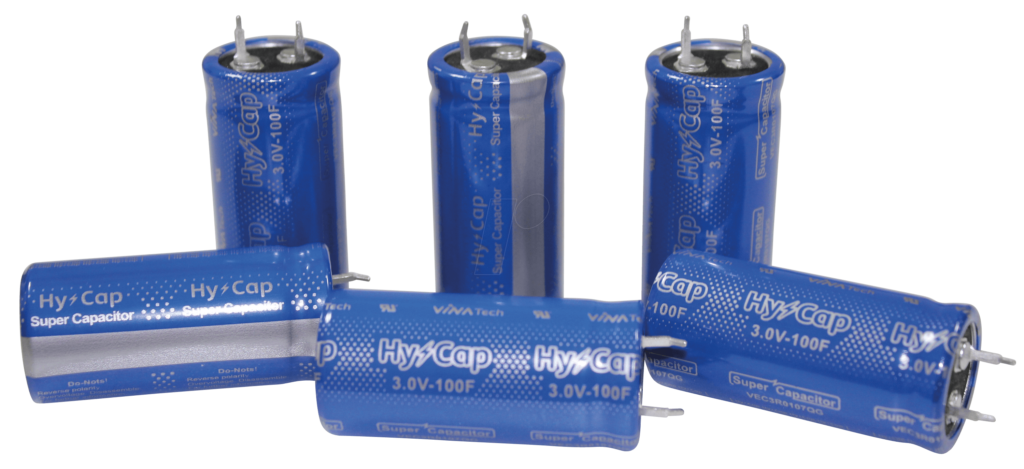
We use capacitors in an electric vehicle as a support system. They do not have good energy density. For more on capacitors Click here.
Capacitors have amazing potential in the EV market. The fast charging and discharging capabilities and long life makes it a good choice over batteries. Since they store energy instead of converting the input energy to chemical energy like batteries, they are more reliable.
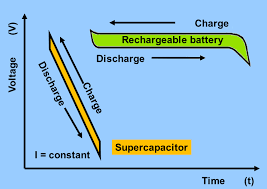
You cannot pack more energy within a small mass and volume. This means Capacitors aren’t energy dense. This is a huge disadvantage.
But companies like Tesla are working on super and hyper capacitors which are energy dense. But this is still under development.
Once we achieve good energy density in capacitors, the industry will change. And if we make the technology cheap, this is the future of the electric vehicle industry.
Solar panels
You may ask. Why should we need a bigger battery? Place a solar panel on the roof, hood and trunk and have infinite range. The panel can power the motor and charge the battery during the day. And the battery can power during the night.
But if you dive deeper, we see that the requirement of these panels is enormous. This means that the total area available in a car is just too little to power the entire car.
For a car, placing solar panels on the roof would produce less power.
For instance, a car with 5 sq. meter exposed area, placing the solar panel would produce 1.2 KW to 1.5 KW of power.
This is very less amount of power compared to the size of the motor which is several times high. But adding solar panels on the roof may help to munch some extra miles but is an expensive option.
Reduced cost and development in technologies can bring solar power to road vehicles.
